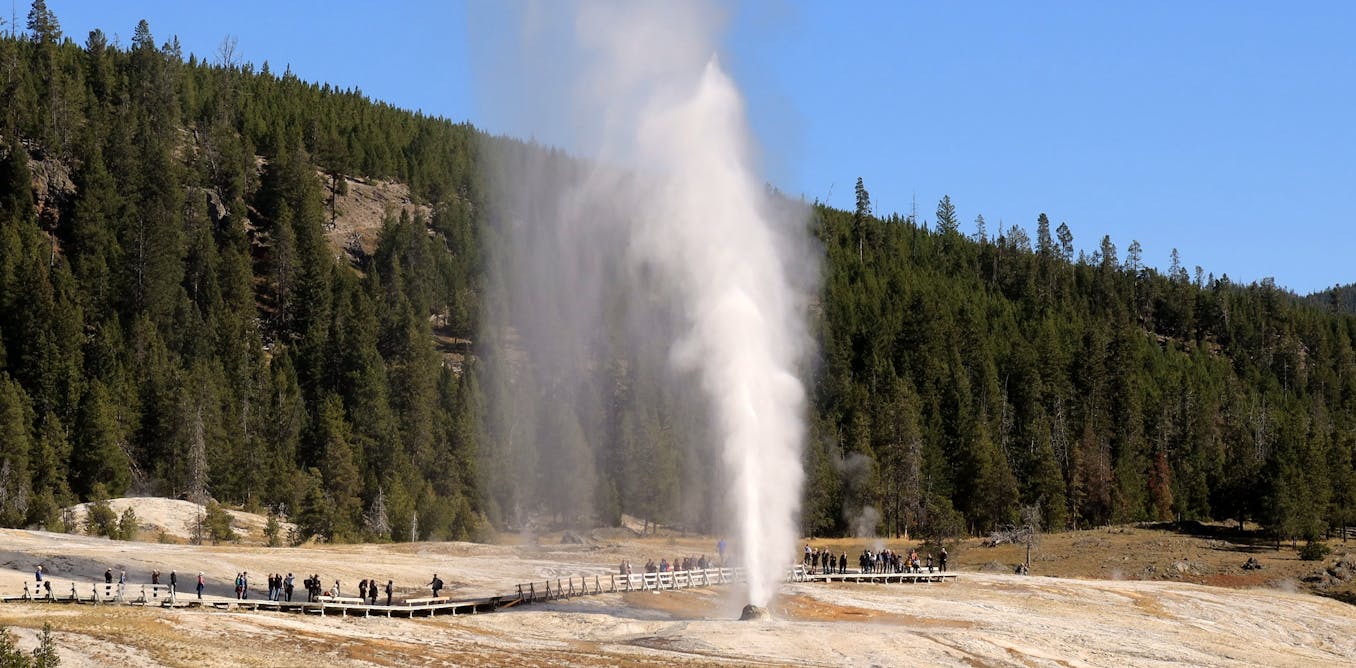
"Nearly 5 million travelers come to Wyoming to visit Yellowstone National Park each year, most in the summer months. They come for the geysers, wildlife, scenery and recreational activities such as hiking, fishing and photography."
"Native Americans considered Yellowstone a place of spiritual power, of communion with natural forces, a place that inspired reverence. This belief was held by several tribal groups long before it became a park."
"After the Civil War, more Euro-Americans entered the region. In 1872, the U.S. government created Yellowstone as the first national park, setting a precedent for others."
"Yellowstone and other U.S. national parks established in the 19th century were products of manifest destiny: the Christian idea that Americans had a divinely ordained right to expand."
Yellowstone National Park attracts nearly 5 million visitors annually, drawn to its geysers, wildlife, and recreational opportunities. Historically, the area has been revered, particularly by Indigenous peoples who viewed it as spiritually significant. Euro-Americans, after the Civil War, recognized this land when it became the first national park in 1872, symbolizing U.S. manifest destiny. This expansionist notion aimed to transform wild landscapes into parks, often disregarding Indigenous histories and beliefs. The interplay of religion and reverence continues to be a theme linked to Yellowstone's appeal.
#yellowstone-national-park #indigenous-history #manifest-destiny #religious-significance #national-parks
Read at The Conversation
Unable to calculate read time
Collection
[
|
...
]